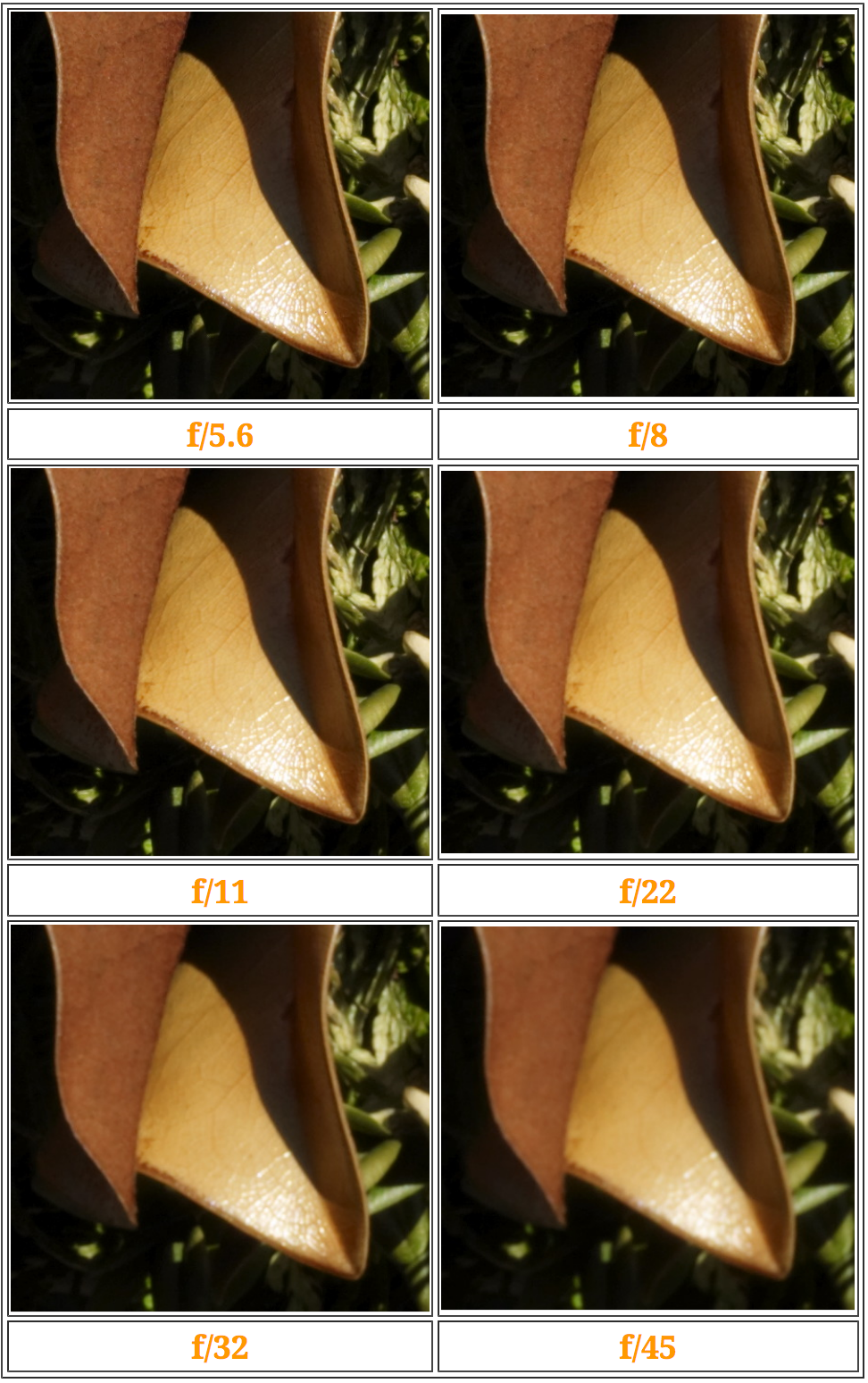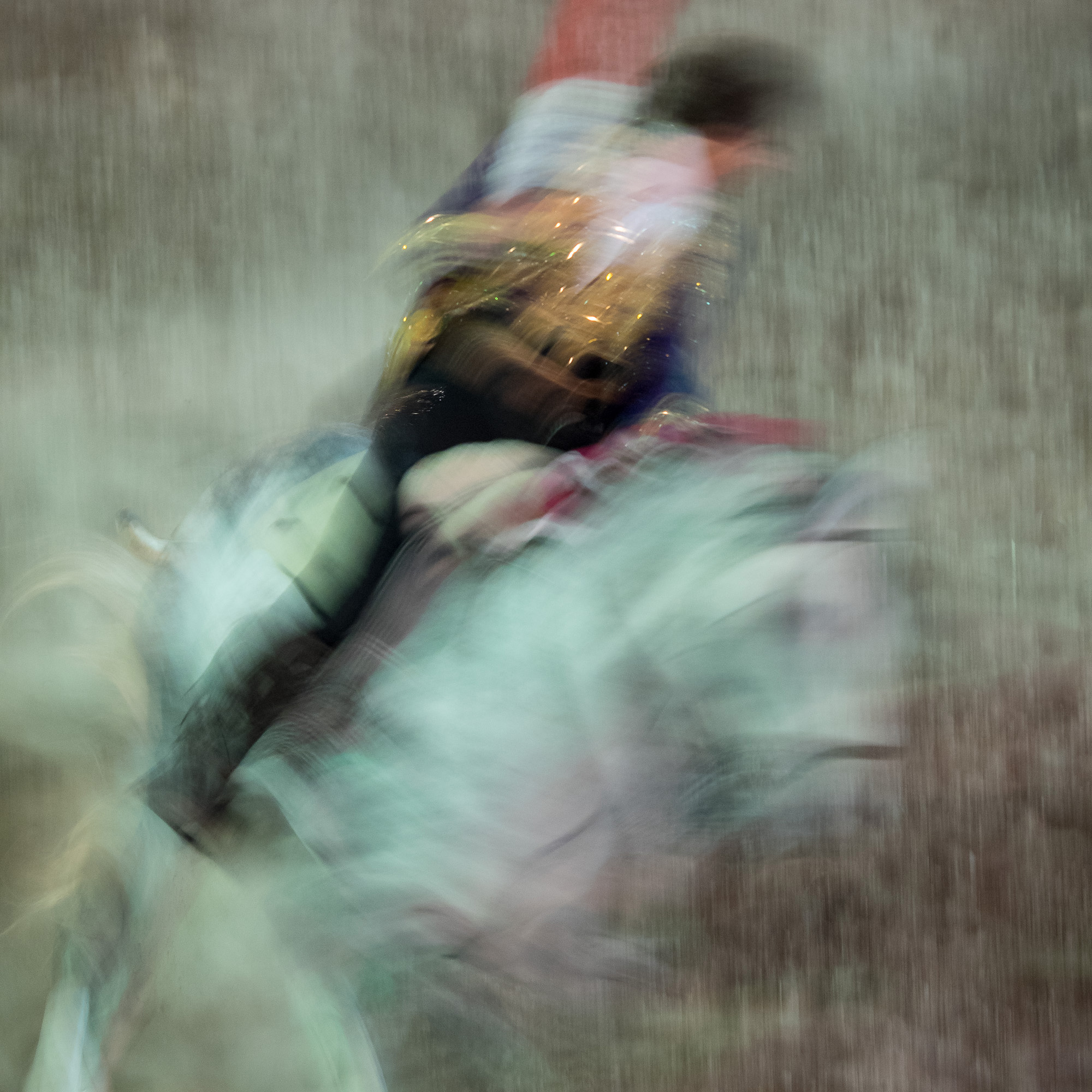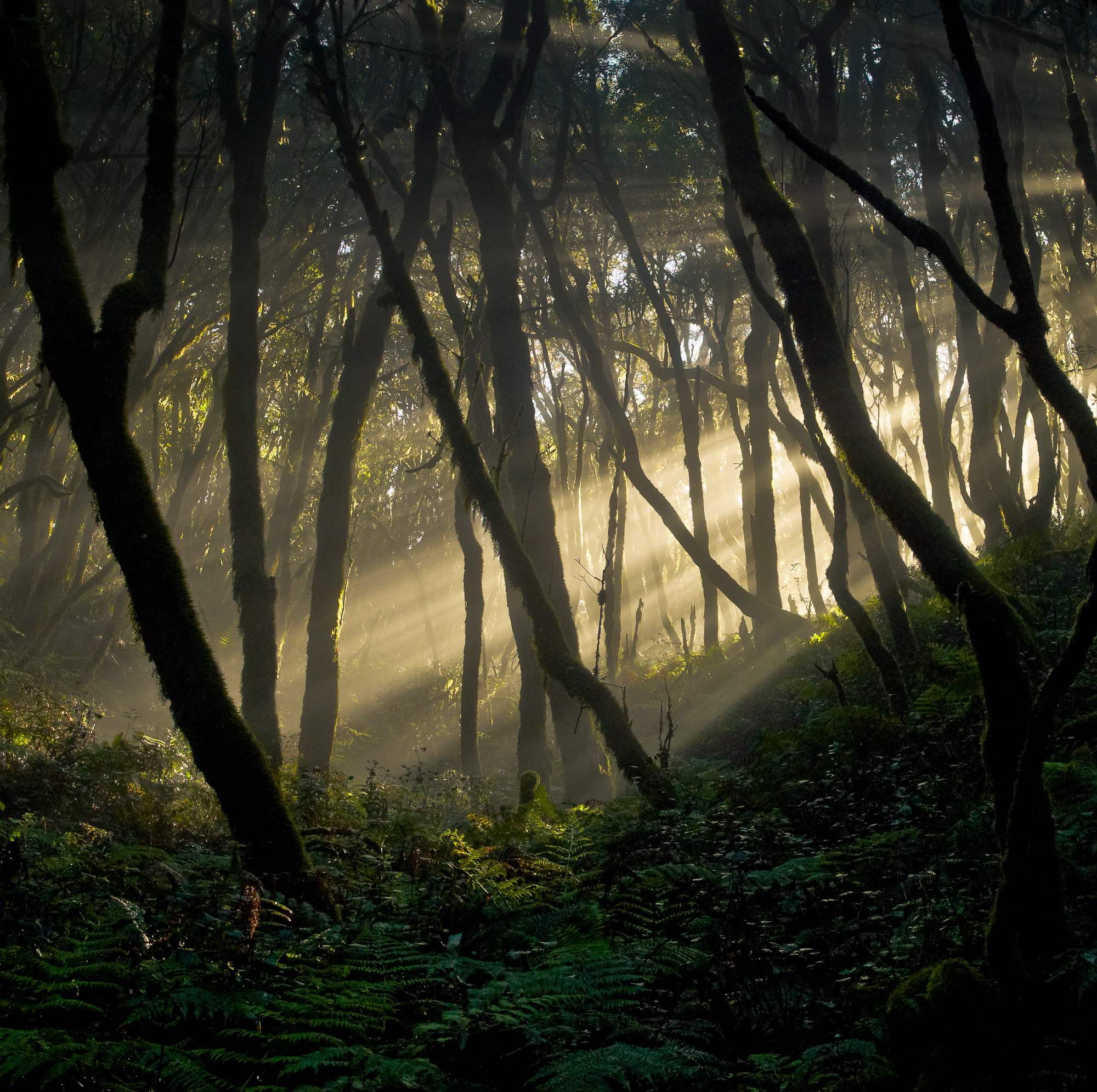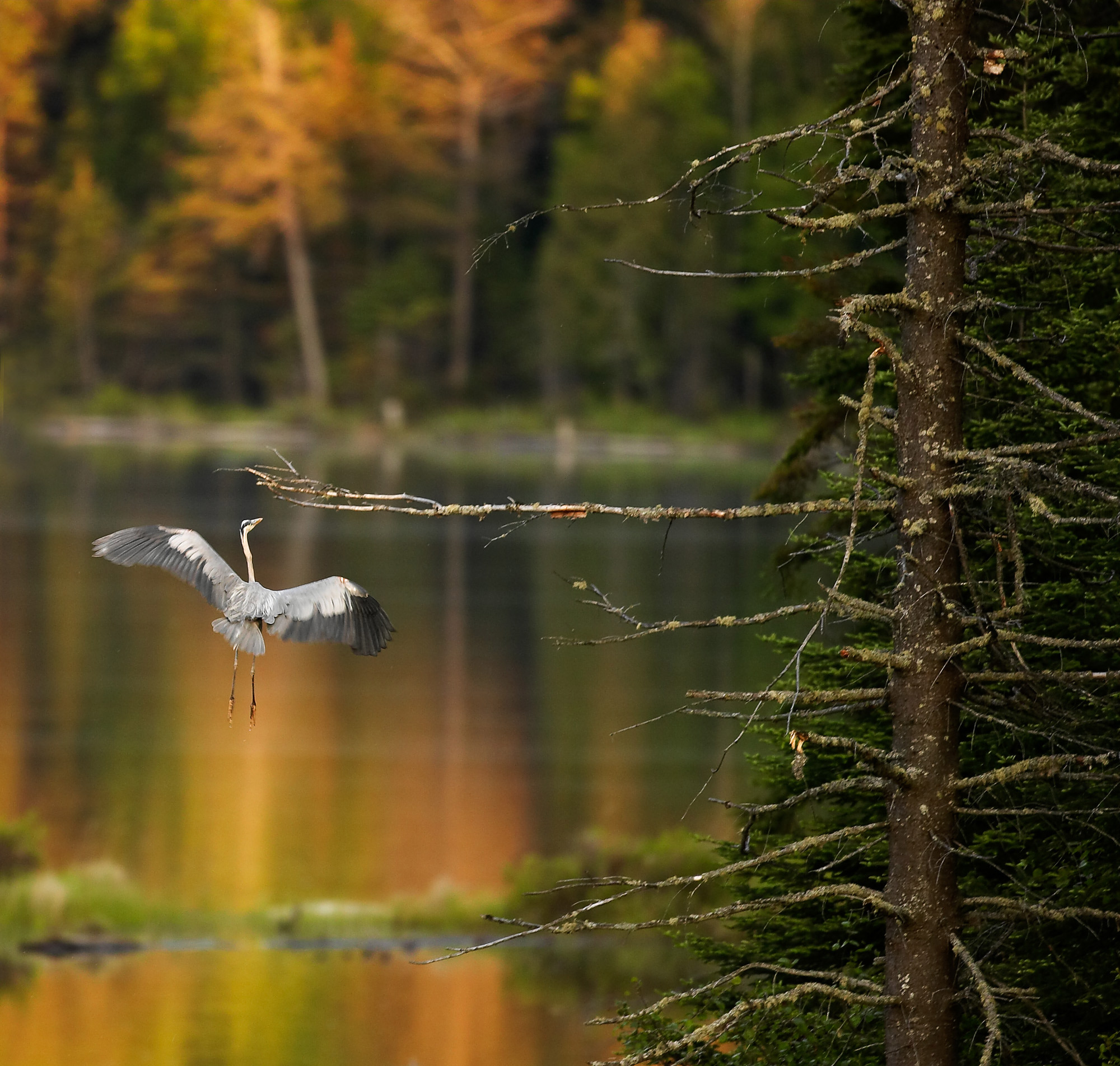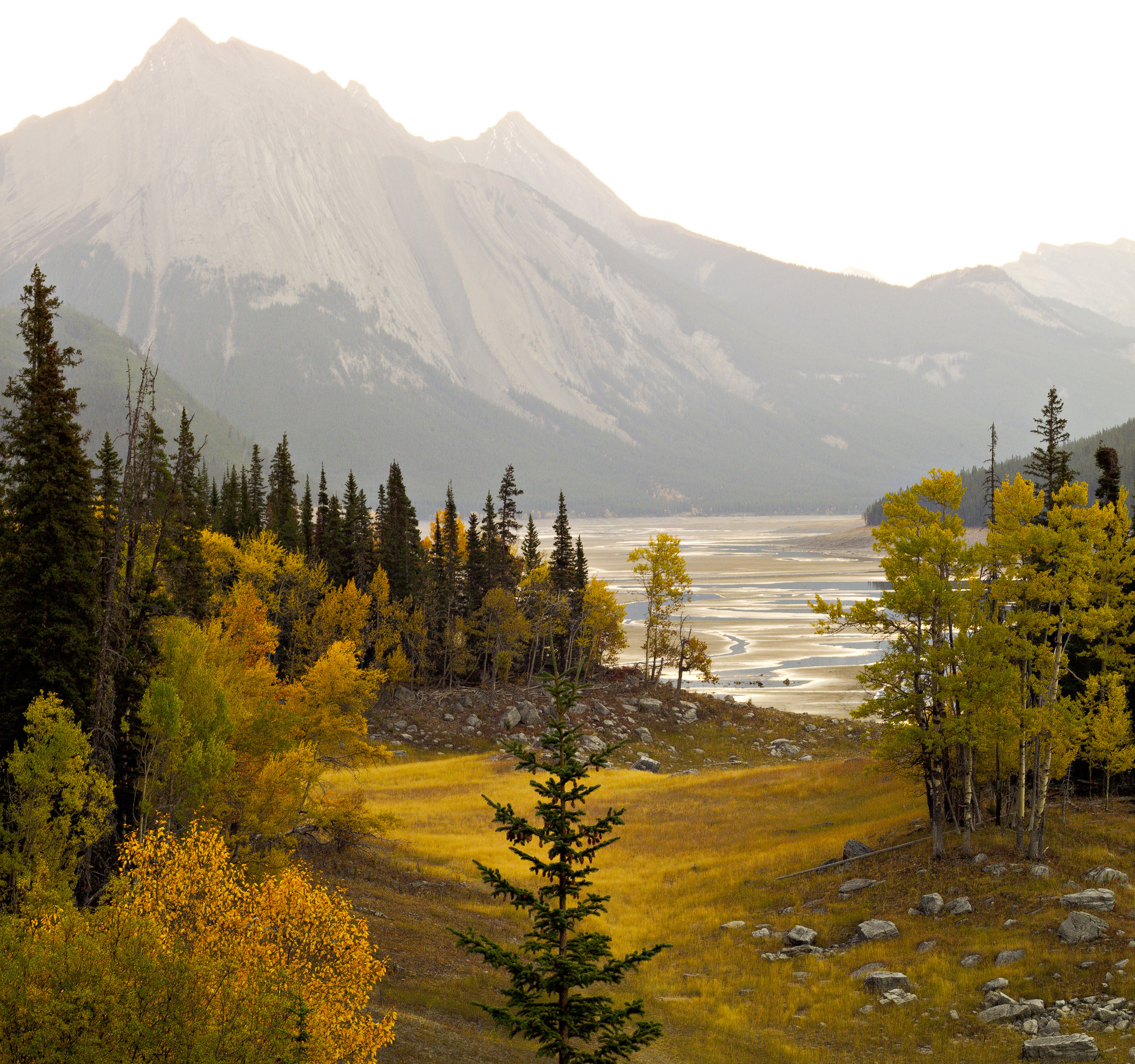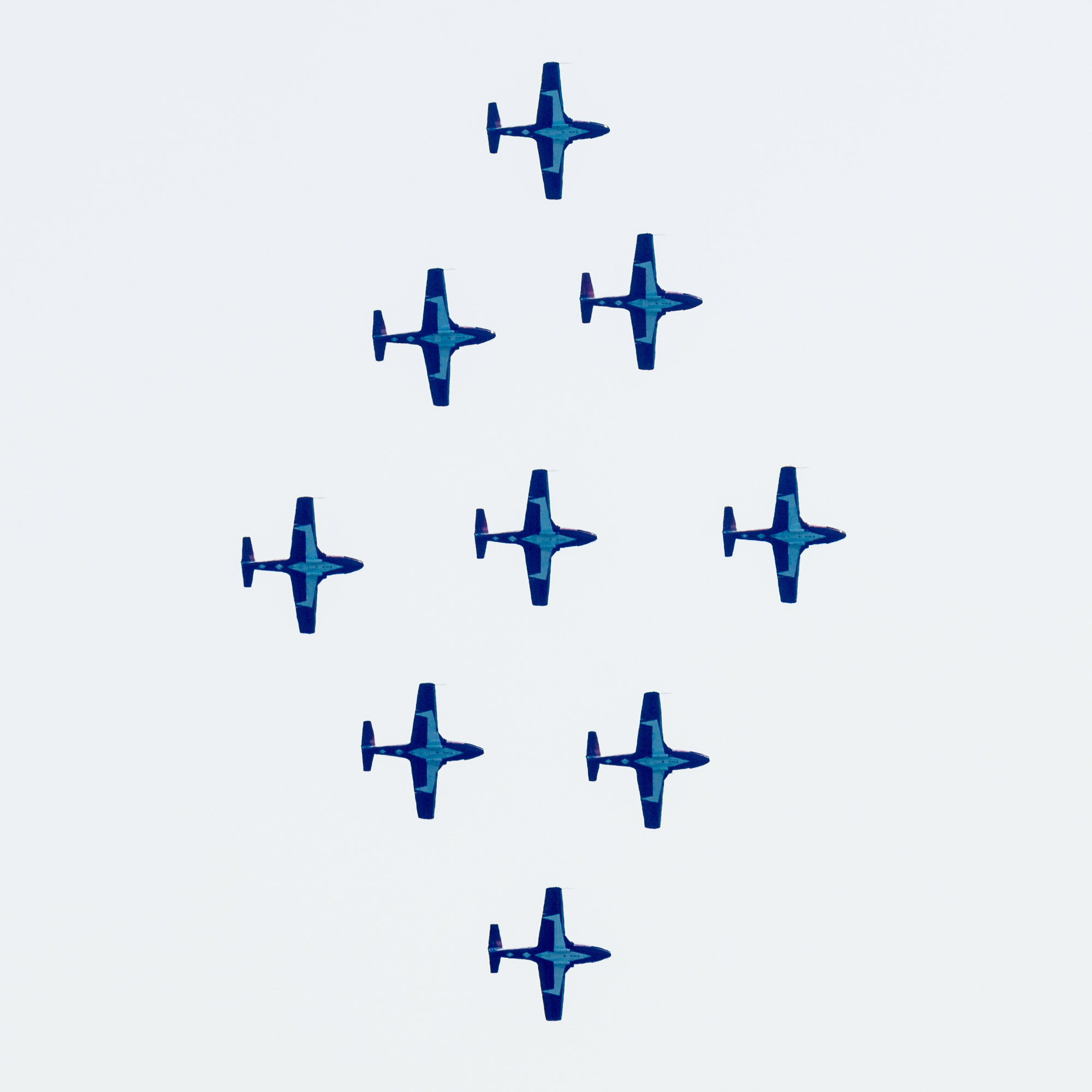This article was written by Michael Reichmann and originally published Jan 13 2009
This is not a comprehensive treatise on the subject of lens diffraction effects. Rather, it’s purpose is to bring to the attention of photographers who may not be aware of the issue that there is no free lunch when it comes to achieving greater depth of field though stopping down.
Every photographer wants both maximum resolution and maximum depth
of field. But unfortunately these two demands can be mutually exclusive. As
you stop down the aperture on a lens the light passing through tends to diffract,
reducing sharpness, though DOF is increased. The reason for this is that the
edges of the diaphragm blades in the lens tend to disperse the light. At larger
apertures this diffracted light is only a small percentage of the total amount
of light hitting the sensor or film, but as the aperture is stopped down the
amount of diffracted light becomes a larger percentage of the total amount of
light being recorded.
This is why it’s important to test each lens in your arsenal for the point
at which they are visibly affected by diffraction.
After recently purchasing four ultra-high performance Rodenstock medium format
lenses for use with a 39 Megapixel Phase One P45 back, I was
curious to see whether Rodenstock’s claim that these lenses were diffraction
limited would hold true. Since diffraction cannot be completely eliminated,
the finest lens is one that produces an image whose quality is limited only
by diffraction. A lens such as this is said to be “diffraction limited”.
And with a diffraction limited lens, wide apertures demand higher resolution
before the diffraction limit is reached.
The frames below were taken at every available aperture with a 180mm
f/5.6 Rodenstock APO Sironar HR lens. The lens was stopped down one
stop at a time, and the shutter speed opened up accordingly to maintain exposure.
These 100% crops of the full frame have not been processed in any way, with
no sharpening having been applied. These are screen grabs are from the Focus
Utility in Capture One raw conversion software.
These were taken with a Phase One P45 39 Megapixel back on
a Linhof 679cs camera. A very heavy tripod was used, there
was no wind, cable release (of course) and every other measure possible to ensure
that the only effect being seen is diffraction.
 |
 |
|
f/5.6
|
f/8
|
 |
 |
|
f/11
|
f/22
|
 |
 |
|
f/32
|
f/45
|
It doesn\’t take an experienced eye to see how f/5.6 has a small but visible
edge. f/8 is very close, but f/11, though still usable, is starting to deteriorate.
After that resolution declines rapidly. I regard f/32 and f/45 as unusable.
Optical theory says that a perfect lens will be perfect wide open, and that
diffraction will start to take its toll as the lens is stopped down. Some of
the very best 35mm lenses show this. I’m thinking of the Canon 300mm f/2.8L
IS, which measures as well wide open as stopped down one or two stops. There
may be others. But most lenses need to be stopped down to improve some of their
other optical characteristics, and so like most things in life there are compromises
to be made.
With this lens at least, and by inference others in Rodenstock’s HR line which
are claimed by the company to be similarly diffraction limited, we have a lens
that is possibly about as good as the current state of the lens designer’s and
maker’s art can produce.
If you would like a more detailed description of the relationship of diffraction
to photography you might want to read the
following page. And if you’d like the math, this
page will also be found to be of interest.
Read this story and all the best stories on The Luminous Landscape
The author has made this story available to Luminous Landscape members only. Upgrade to get instant access to this story and other benefits available only to members.
Why choose us?
Luminous-Landscape is a membership site. Our website contains over 5300 articles on almost every topic, camera, lens and printer you can imagine. Our membership model is simple, just $2 a month ($24.00 USD a year). This $24 gains you access to a wealth of information including all our past and future video tutorials on such topics as Lightroom, Capture One, Printing, file management and dozens of interviews and travel videos.
- New Articles every few days
- All original content found nowhere else on the web
- No Pop Up Google Sense ads – Our advertisers are photo related
- Download/stream video to any device
- NEW videos monthly
- Top well-known photographer contributors
- Posts from industry leaders
- Speciality Photography Workshops
- Mobile device scalable
- Exclusive video interviews
- Special vendor offers for members
- Hands On Product reviews
- FREE – User Forum. One of the most read user forums on the internet
- Access to our community Buy and Sell pages; for members only.



